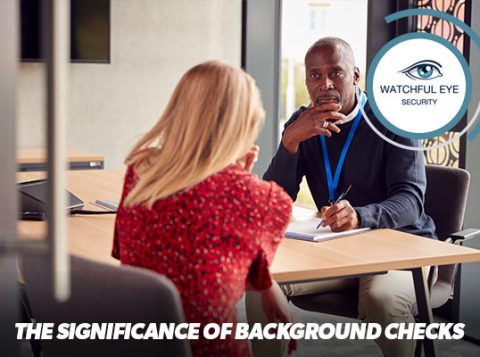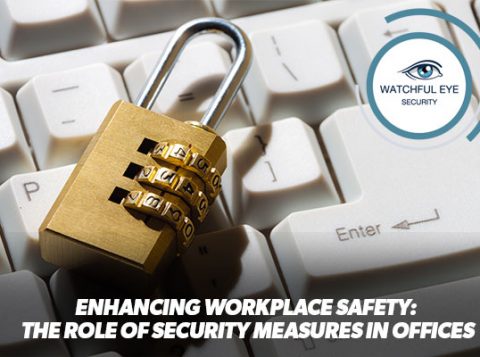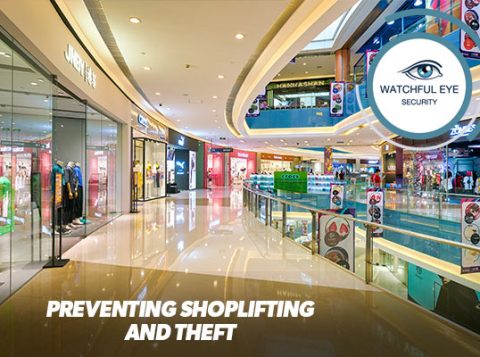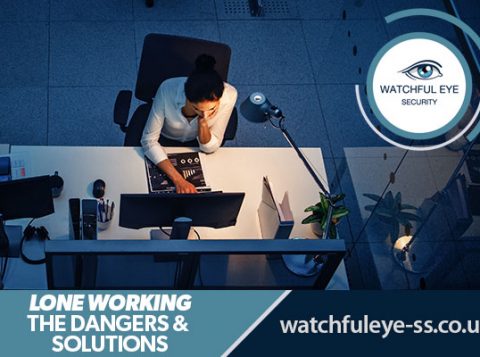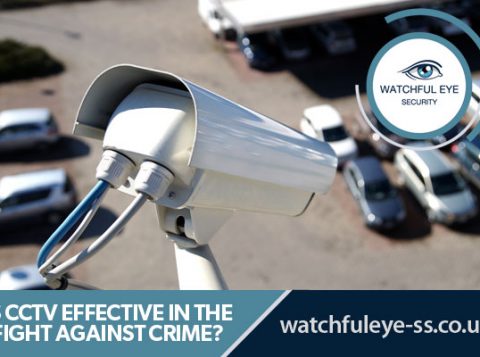
The Role of CCTV Cameras in Public Safety and Crime Prevention
When it comes to public safety and crime prevention, one of the most effective tools at our disposal is Closed-Circuit Television (CCTV) cameras. These cameras play a crucial role in monitoring public spaces, deterring criminal activities, and assisting law enforcement agencies in their efforts to maintain law and order. In this beginner’s guide, we will explore the various benefits and applications of CCTV cameras in enhancing public safety.
Subtitle: 24/7 Monitoring for Enhanced Security
CCTV cameras provide round-the-clock surveillance, ensuring that public spaces are constantly monitored for any suspicious activities or potential threats. These cameras can be strategically placed in areas such as streets, parking lots, parks, and public buildings to maximize their coverage. With real-time monitoring and recording capabilities, they act as an extra pair of eyes for law enforcement agencies, enabling them to respond promptly to any incidents or crimes that may occur.
Having 24/7 monitoring allows law enforcement professionals to have better situational awareness and a faster response time. Any criminal activities or public safety concerns can be detected quickly, allowing for a swift and appropriate response. This enhanced security presence can serve as a deterrent to criminals, reducing the likelihood of crimes being committed in public spaces.
Subtitle: Preventing Crime and Investigating Incidents
The presence of CCTV cameras can significantly reduce crime rates in public areas. Potential criminals are less likely to engage in illegal activities when they know they are being watched. The fear of being caught on camera and facing the consequences acts as a powerful deterrent.
Moreover, in the unfortunate event of a crime occurring, CCTV footage can be instrumental in identifying suspects and gathering evidence. The recorded footage serves as valuable evidence that can be used in investigations and prosecutions. It can provide crucial details such as the appearance of the perpetrator, their actions, and the timeline of events.
By preventing crimes and aiding in investigations, CCTV cameras play a vital role in maintaining public safety and bringing criminals to justice.
Subtitle: Crowd Monitoring and Emergency Management
CCTV cameras are particularly useful in monitoring crowded public spaces, such as concerts, festivals, and sports events. They can help manage crowds, identify potential safety hazards, and respond quickly to emergencies.
During large events, CCTV cameras can detect issues such as overcrowding, fights, or suspicious behaviour. In emergency situations such as fires, accidents, or terrorist attacks, the footage from these cameras can provide valuable information for emergency responders. They can effectively coordinate their efforts and allocate resources based on real-time visuals.
Using CCTV cameras for crowd monitoring and emergency management helps ensure the safety of event attendees and enables swift and appropriate responses in any unforeseen situations.
Subtitle: Protecting Public Facilities and Infrastructure
Public buildings and facilities, such as train stations, airports, government offices, and schools, can benefit greatly from the installation of CCTV cameras. These cameras act as a deterrent to potential criminal activities and provide a sense of security to the people using these facilities.
For example, in schools, CCTV cameras can help identify and prevent instances of bullying, vandalism, or unauthorized access. They can also monitor entrances and exits, ensuring the safety of students and staff.
Similarly, in transportation hubs like train stations and airports, CCTV cameras contribute to the safety and security of passengers and personnel. These cameras can monitor luggage areas, parking lots, and entry points, helping to prevent theft, vandalism, and other security incidents.
By protecting public facilities and infrastructure, CCTV cameras provide a safer environment for people using these spaces.
Subtitle: Assisting Law Enforcement and Investigations
CCTV cameras are invaluable tools for law enforcement agencies and investigations. The recorded footage can be used as evidence in court proceedings, leading to the arrest and conviction of criminals. It provides an unbiased and visual account of events, strengthening the case of law enforcement.
Moreover, CCTV systems can also aid in post-incident investigations. By reviewing the footage, investigators can piece together the sequence of events leading up to a crime, identify potential witnesses, and gather additional information that may have been missed.
The availability of CCTV footage can significantly reduce the time and resources required for investigations, enabling law enforcement agencies to solve crimes more efficiently.
Subtitle: Conclusion
CCTV cameras play a significant role in public safety and crime prevention. With their 24/7 monitoring capabilities, they enhance security, prevent crime, and assist law enforcement agencies in maintaining law and order. By deploying CCTV cameras strategically in public spaces, we can create safer environments for everyone.
Whether in crowded areas, public facilities, or transportation hubs, CCTV cameras act as powerful deterrents to criminal activities, provide real-time monitoring and recording, and assist in emergency management situations.
To ensure public safety, it is essential to invest in comprehensive CCTV systems that cover critical areas and employ professionals to monitor the footage effectively. By doing so, we can harness the full potential of CCTV cameras in deterring crime, protecting public spaces, and ensuring the well-being of our communities.
Meta Description: Want to know how CCTV cameras can help in ensuring public safety and preventing crime? Read this beginner’s guide to learn about the role of CCTV cameras in enhancing security, deterring criminal activities, and assisting law enforcement agencies.






































